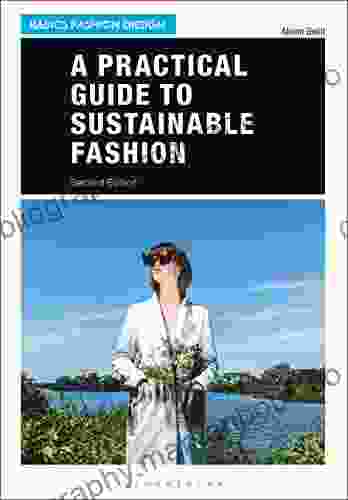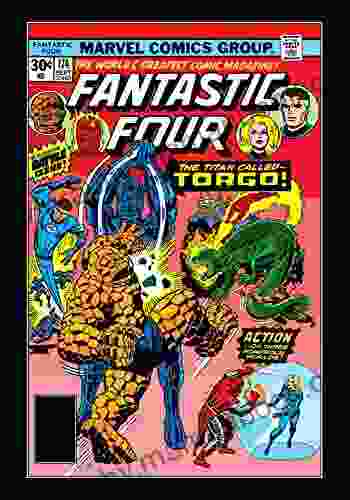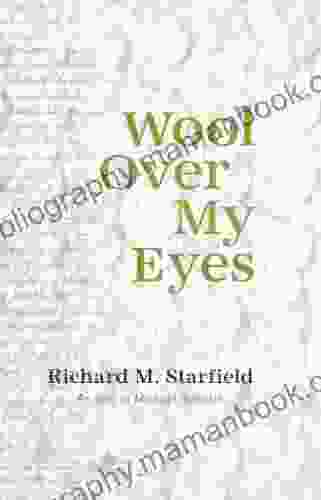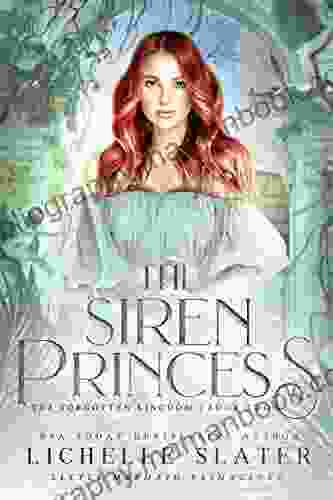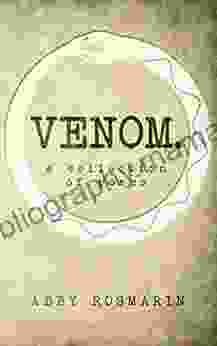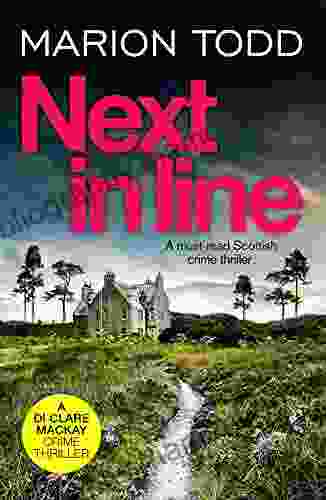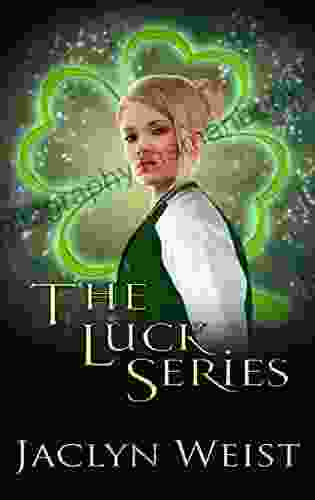A Comprehensive Guide to Sustainable Fashion Basics for Fashion Designers

In the face of growing environmental and ethical concerns, the fashion industry is undergoing a transformative shift towards sustainability. Consumers are demanding more eco-friendly and ethical fashion options, and designers have a crucial role to play in meeting this demand.
4.8 out of 5
| Language | : | English |
| File size | : | 77403 KB |
| Text-to-Speech | : | Enabled |
| Screen Reader | : | Supported |
| Enhanced typesetting | : | Enabled |
| Word Wise | : | Enabled |
| Print length | : | 313 pages |
This comprehensive guide provides fashion designers with a thorough understanding of the principles, materials, and best practices of sustainable fashion design. By incorporating these elements into their collections, designers can create fashion that is not only stylish but also environmentally and socially responsible.
Principles of Sustainable Fashion
At the heart of sustainable fashion lies a set of principles that guide the design, production, and consumption of fashion products. These principles include:
- Reduce environmental impact: Minimize the use of harmful chemicals, water, and energy in the production process.
- Promote social justice: Ensure fair wages, safe working conditions, and ethical treatment of workers throughout the supply chain.
- Use sustainable materials: Choose materials that are renewable, biodegradable, or recycled, reducing the environmental footprint of the products.
- Promote circularity: Design products that can be repaired, reused, or recycled, minimizing waste and promoting a circular economy.
- Educate consumers: Empower consumers with knowledge about the environmental and social impacts of fashion, encouraging them to make sustainable choices.
Sustainable Materials for Fashion Design
The choice of materials plays a crucial role in the sustainability of a fashion collection. Sustainable materials include:
- Organic cotton: Grown without the use of synthetic pesticides or fertilizers, reducing soil degradation and water pollution.
- Hemp: A durable and versatile fiber that is highly biodegradable, requiring less water and pesticides than cotton.
- Bamboo: A rapidly renewable resource that is naturally antibacterial, breathable, and moisture-wicking.
- Recycled polyester: Made from recycled plastic bottles, reducing waste and conserving natural resources.
- Econyl: A regenerated nylon made from ocean waste, such as fishing nets and industrial plastics, offering a sustainable alternative to traditional nylon.
Best Practices for Sustainable Fashion Design
In addition to choosing sustainable materials, fashion designers can incorporate the following best practices into their design process:
- Design for durability: Create garments that are well-made and built to last, minimizing the need for frequent replacement.
- Optimize resource usage: Plan cutting patterns carefully to minimize fabric waste, and use energy-efficient equipment and processes.
- Reduce water consumption: Implement water-saving techniques in garment production, such as using ozone washing and low-water dyeing processes.
- Eliminate hazardous chemicals: Use non-toxic and biodegradable dyes, finishes, and treatments to reduce the environmental and health impacts.
- Promote transparency: Trace the entire supply chain of materials and production processes, ensuring ethical and sustainable practices throughout.
Benefits of Sustainable Fashion Design
Adopting sustainable fashion practices offers numerous benefits for designers, consumers, and the environment:
- Increased consumer demand: Consumers are increasingly seeking sustainable fashion options, creating a growing market for eco-friendly and ethical products.
- Reduced environmental impact: Sustainable fashion practices minimize the use of harmful chemicals, water, and energy, reducing the industry's environmental footprint.
- Improved social conditions: By promoting fair wages, safe working conditions, and ethical treatment of workers, sustainable fashion contributes to social justice in the fashion industry.
- Enhanced brand reputation: Designers who embrace sustainability gain a positive reputation as pioneers in the industry and attract conscious consumers.
- Innovation and creativity: Sustainable fashion challenges designers to think creatively and find innovative materials and solutions, often leading to new design trends.
Sustainable fashion design is a crucial step towards creating a more ethical and environmentally conscious fashion industry. By embracing the principles, materials, and best practices outlined in this guide, fashion designers can create stylish and sustainable collections that meet the demands of consumers while promoting positive social and environmental change.
The transition to sustainable fashion requires a collective effort from designers, manufacturers, consumers, and policymakers. As we continue to progress in this direction, the future of fashion holds the promise of being both beautiful and sustainable, leaving a positive legacy for generations to come.
4.8 out of 5
| Language | : | English |
| File size | : | 77403 KB |
| Text-to-Speech | : | Enabled |
| Screen Reader | : | Supported |
| Enhanced typesetting | : | Enabled |
| Word Wise | : | Enabled |
| Print length | : | 313 pages |
Do you want to contribute by writing guest posts on this blog?
Please contact us and send us a resume of previous articles that you have written.
 Top Book
Top Book Novel
Novel Fiction
Fiction Nonfiction
Nonfiction Literature
Literature Paperback
Paperback Hardcover
Hardcover E-book
E-book Audiobook
Audiobook Bestseller
Bestseller Classic
Classic Mystery
Mystery Thriller
Thriller Romance
Romance Fantasy
Fantasy Science Fiction
Science Fiction Biography
Biography Memoir
Memoir Autobiography
Autobiography Poetry
Poetry Drama
Drama Historical Fiction
Historical Fiction Self-help
Self-help Young Adult
Young Adult Childrens Books
Childrens Books Graphic Novel
Graphic Novel Anthology
Anthology Series
Series Encyclopedia
Encyclopedia Reference
Reference Guidebook
Guidebook Textbook
Textbook Workbook
Workbook Journal
Journal Diary
Diary Manuscript
Manuscript Folio
Folio Pulp Fiction
Pulp Fiction Short Stories
Short Stories Fairy Tales
Fairy Tales Fables
Fables Mythology
Mythology Philosophy
Philosophy Religion
Religion Spirituality
Spirituality Essays
Essays Critique
Critique Commentary
Commentary Glossary
Glossary Bibliography
Bibliography Index
Index Table of Contents
Table of Contents Preface
Preface Introduction
Introduction Foreword
Foreword Afterword
Afterword Appendices
Appendices Annotations
Annotations Footnotes
Footnotes Epilogue
Epilogue Prologue
Prologue Jason Simmons
Jason Simmons Uzi Eilam
Uzi Eilam Lotus Rose
Lotus Rose Christian Robinson
Christian Robinson Gretta Curran Browne
Gretta Curran Browne Marlene Habib
Marlene Habib Brandon Hatton
Brandon Hatton Graham Shelby
Graham Shelby Tom Medwin Jr
Tom Medwin Jr Adam Clay
Adam Clay Chris Claremont
Chris Claremont Stephen Perrine
Stephen Perrine Victoria Helen Stone
Victoria Helen Stone Diney Costeloe
Diney Costeloe Debora Sirbu
Debora Sirbu James Dorr
James Dorr Tim Heerdink
Tim Heerdink Tabitha Bree
Tabitha Bree Lisa Glover
Lisa Glover David L Meyer
David L Meyer
Light bulbAdvertise smarter! Our strategic ad space ensures maximum exposure. Reserve your spot today!

 Daniel KnightThe Complete Poems of Sir Walter Scott: A Poetic Odyssey through Scottish...
Daniel KnightThe Complete Poems of Sir Walter Scott: A Poetic Odyssey through Scottish...
 Thomas PowellAn Eye for an Eye: A Gripping Detective Novel that Will Keep You on the Edge...
Thomas PowellAn Eye for an Eye: A Gripping Detective Novel that Will Keep You on the Edge... Ray BlairFollow ·10.9k
Ray BlairFollow ·10.9k Bruce SnyderFollow ·12.4k
Bruce SnyderFollow ·12.4k Josh CarterFollow ·11.3k
Josh CarterFollow ·11.3k Raymond ChandlerFollow ·19.4k
Raymond ChandlerFollow ·19.4k Griffin MitchellFollow ·15.1k
Griffin MitchellFollow ·15.1k Dylan MitchellFollow ·12.2k
Dylan MitchellFollow ·12.2k Michael CrichtonFollow ·15.5k
Michael CrichtonFollow ·15.5k Giovanni MitchellFollow ·17.3k
Giovanni MitchellFollow ·17.3k
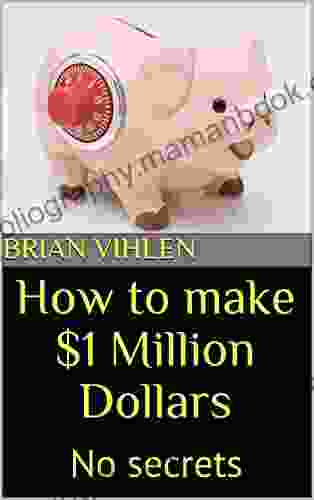
 Patrick Rothfuss
Patrick RothfussHow to Make a Million Dollars: No Secrets
Making a million dollars...
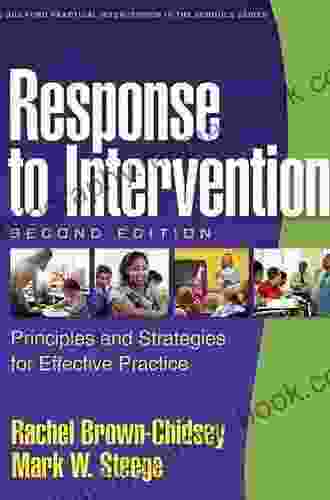
 Robert Heinlein
Robert HeinleinResponse to Intervention, Second Edition: RTI in Practice
A Comprehensive Resource for Educators and...

 Timothy Ward
Timothy WardUnravel the Gripping Assassination Thriller Bursting with...
Prepare yourself for a...
4.8 out of 5
| Language | : | English |
| File size | : | 77403 KB |
| Text-to-Speech | : | Enabled |
| Screen Reader | : | Supported |
| Enhanced typesetting | : | Enabled |
| Word Wise | : | Enabled |
| Print length | : | 313 pages |


